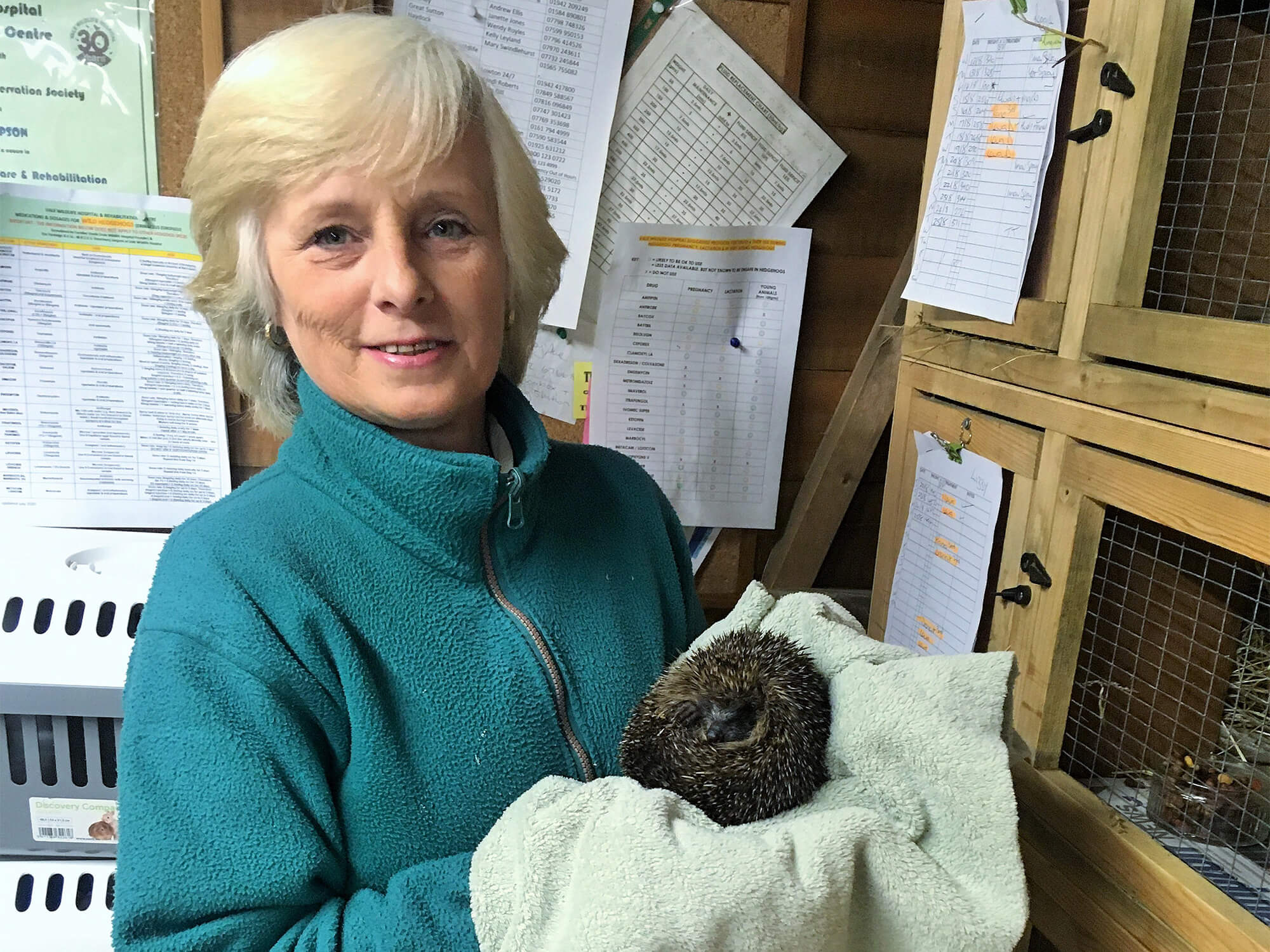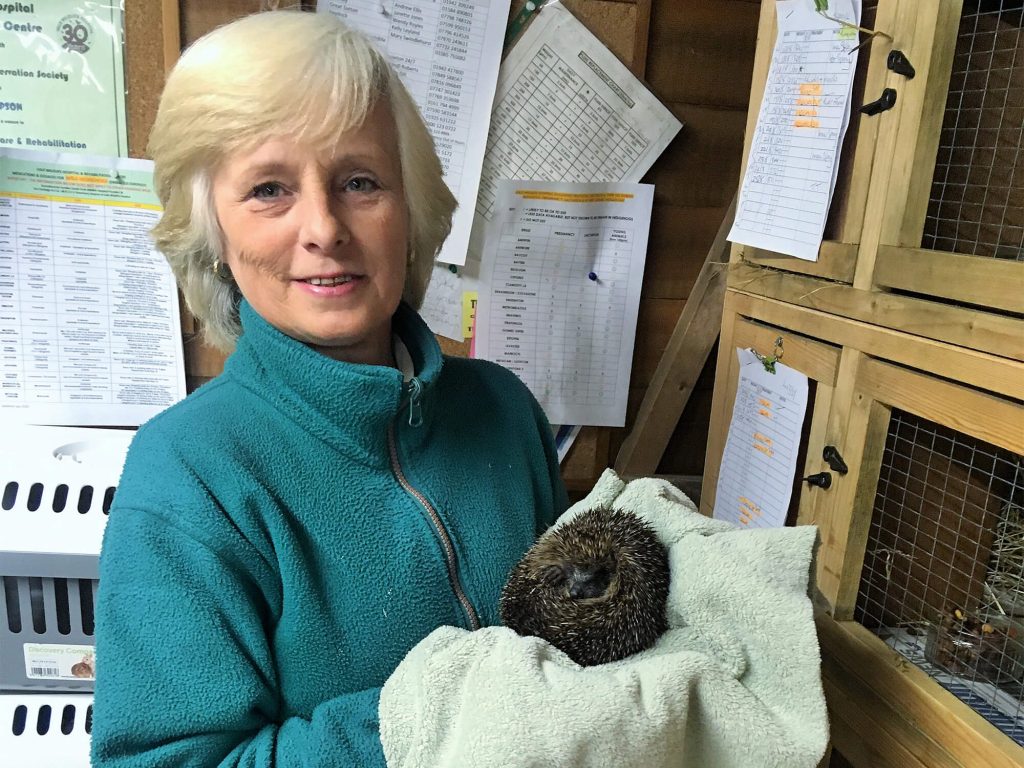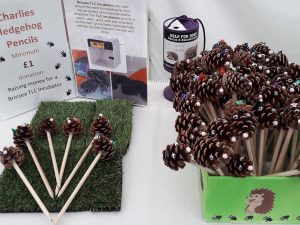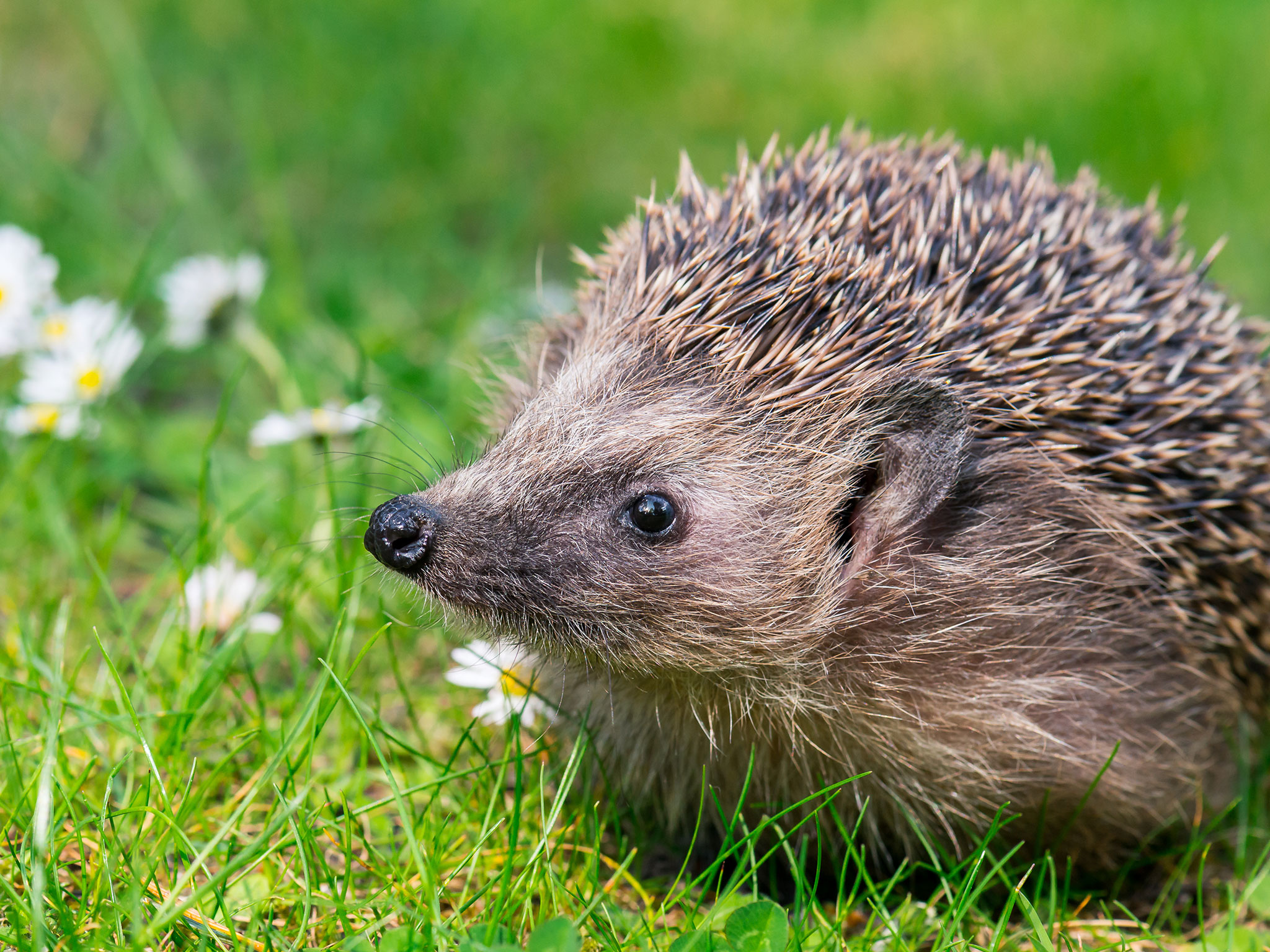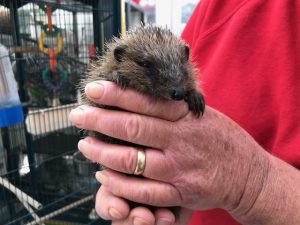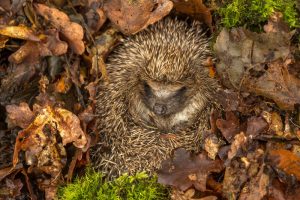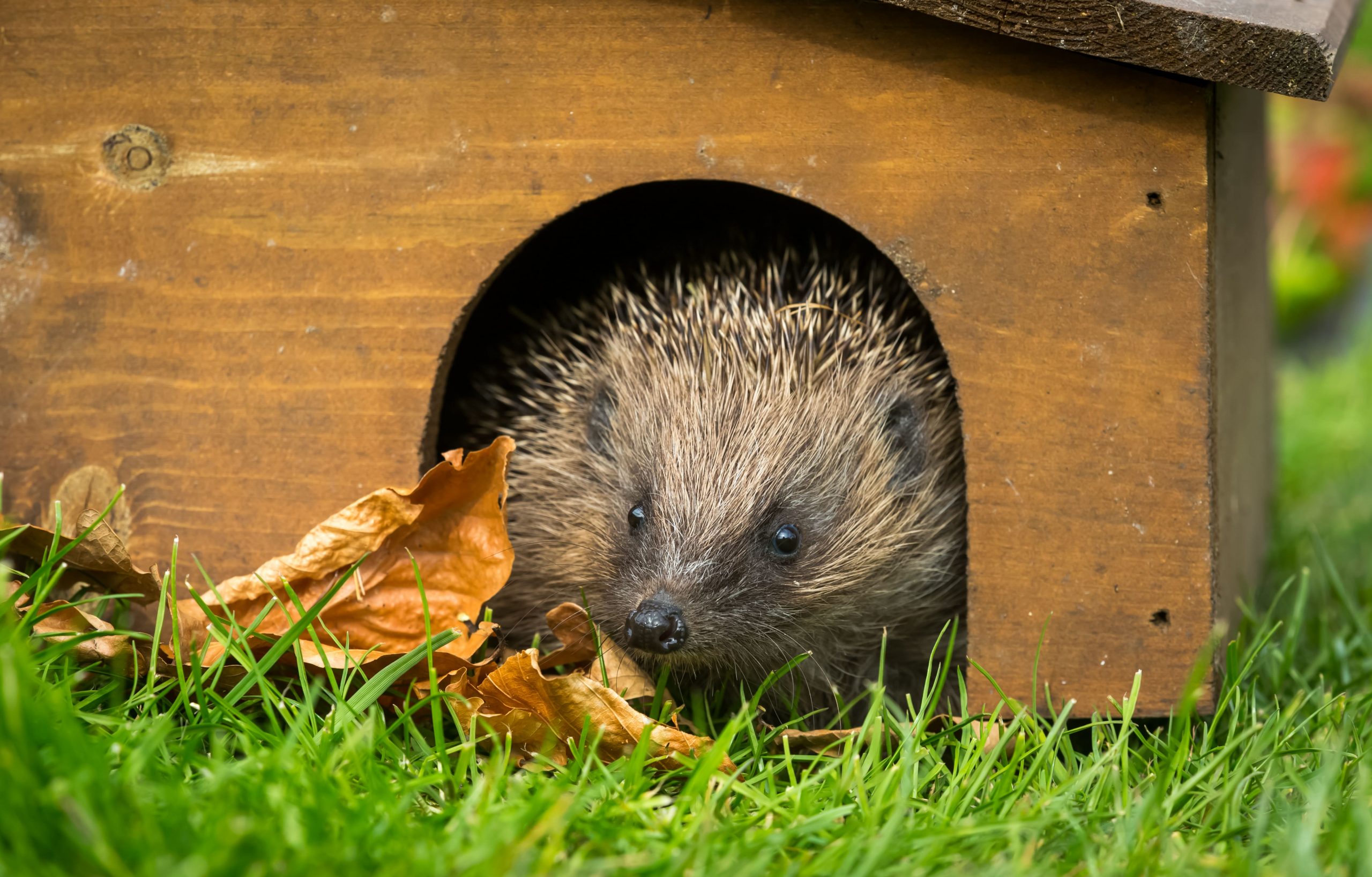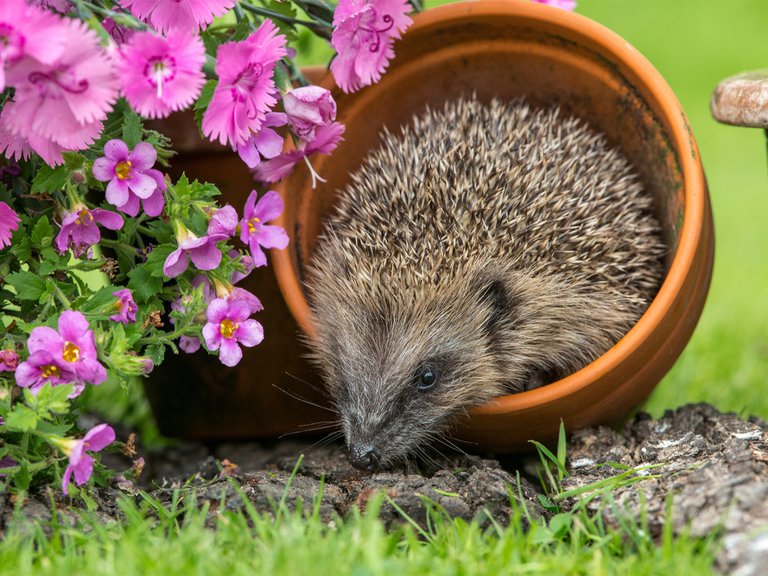
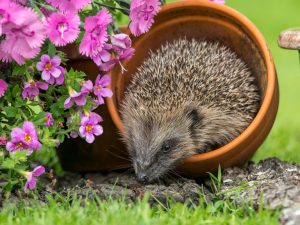
Can you remember the last time you saw a hedgehog? For many of us, the last memory of seeing a spiky friend dates back to childhood. That’s not to say that they aren’t still visiting you though, it might be that you’re just not seeing the signs that they’ve been in your garden. If you’re not sure what you should be looking for, here are some top tips for tracking your hedgehog visitors.
- Check for hedgehog tracks
As hedgehogs come out at night it can be tricky to spot them or to even know they’ve been. One of the first things to look out for is footprints. The average hedgehog weighs just one kilogram, so footprints are only visible if the ground is soft or wet. Check for footprints in muddy parts of your lawn or in flower beds.
A hedgehog footprint is usually around 2.5cm long and 2.8cm wide. They have five toes on both their front and back feet but only four toes show up in their tracks. A hedgehogs front footprints look like little handprints while their back footprints are longer and slimmer.
If you think you can see hedgehog footprints but aren’t 100% sure, you can build a hedgehog tunnel or house and put a sheet of white paper down. This will allow you to see if any tracks or marks are left on the piece of paper by a neighbourhood hedgehog.
- Look out for droppings
Finding droppings in your garden is a sure-fire way of knowing that you’ve had some spiky visitors. Not to get too graphic here but just so you know what to look for, hedgehog droppings are dark in colour due to their diet and tend to be found as singular droppings. They can range in size from 15mm to 50mm and look similar to a cat poo but are round on top rather than pointy.
- Your garden has been disturbed
As many of you will know, hedgehogs love to settle in large piles of leaves, logs or compost heaps – anywhere that is dark and damp! Your garden visitors will have left a trail as they move around so look for areas of your garden where small tunnels have been forged.
If you suspect a hedgehog has set up home in your garden, try leaving a few large leaves over the entrance of the tunnel or a log pile before dusk and check the following morning to see if the leaves have moved.
- Listen for noises
Hedgehogs are known for making quite loud noises and they are capable of making a range of sounds from quiet snuffling, to hissing and even loud screaming, which can sometimes be mistaken for human noises. Listen out at night for snuffling or shuffling sounds in your garden, particularly in spring (as this is when hedgehogs come out of hibernation and begin to look for food or mating partners). During mating season, male hedgehogs can get quite loud as they fight over female hogs.
- Set up a hedgehog feeding station
If you’re still not certain whether you’ve had any hedgehog visits, it is worth setting up a hedgehog feeding station. Purchase a specialist hedgehog food such as Spike’s Hedgehog Food and leave a bowl of food and a bowl of water in a hedgehog house (you can buy one or make your own). The hedgehog house will prevent other animals from eating the food so you know for certain that you’ve had hedgehogs visitors. You could even set up a camera close to the feeding station so that you can catch a glimpse of them eating the delicious hedgehog food.
Once you know that you’ve had a spiky visitor, make sure you head to our sighting map to enter your sighting.


